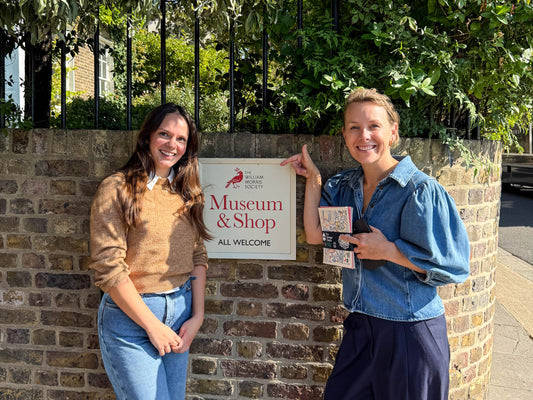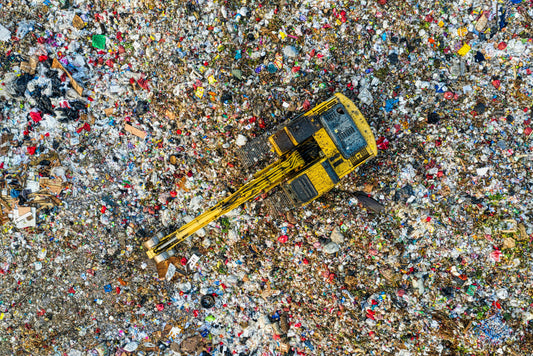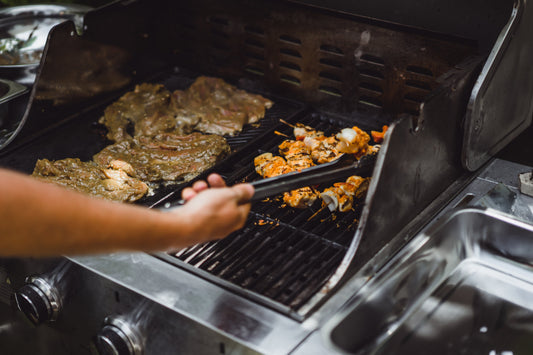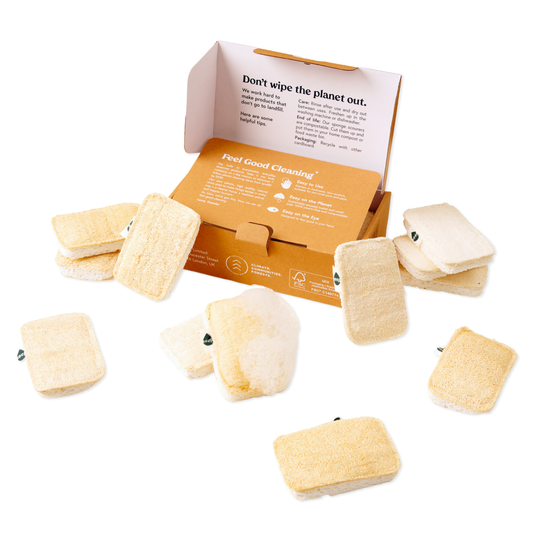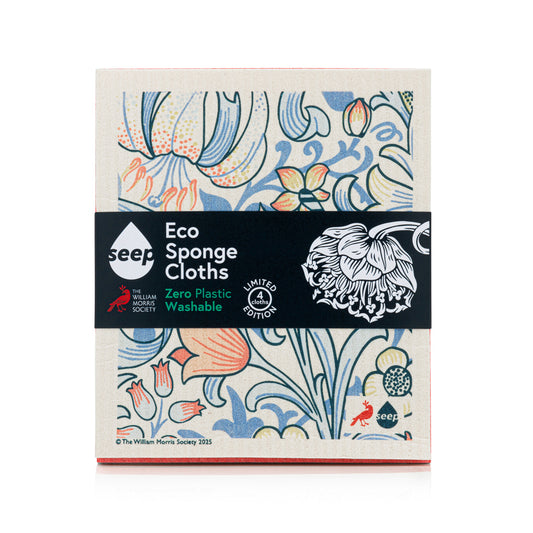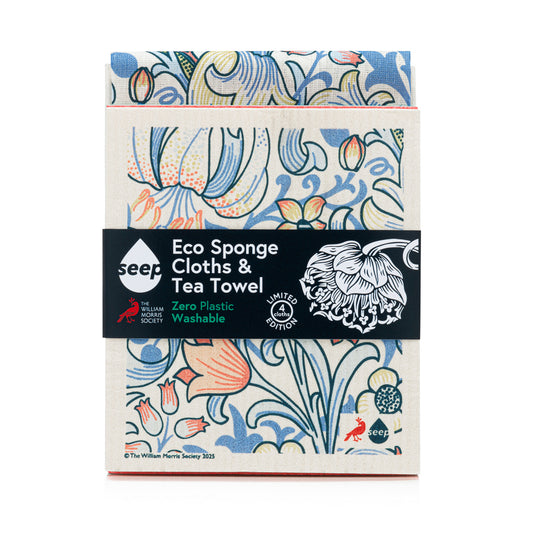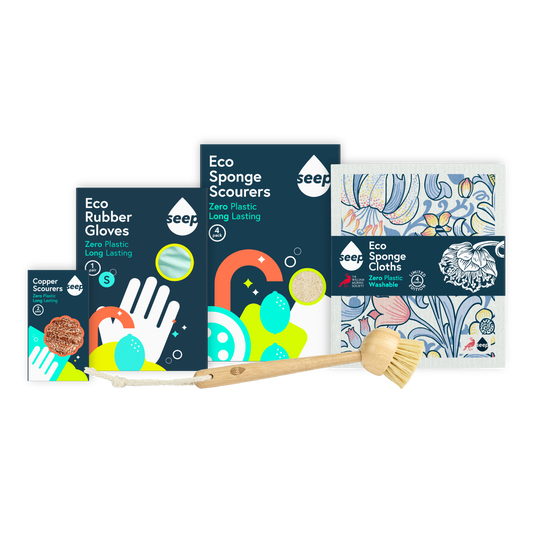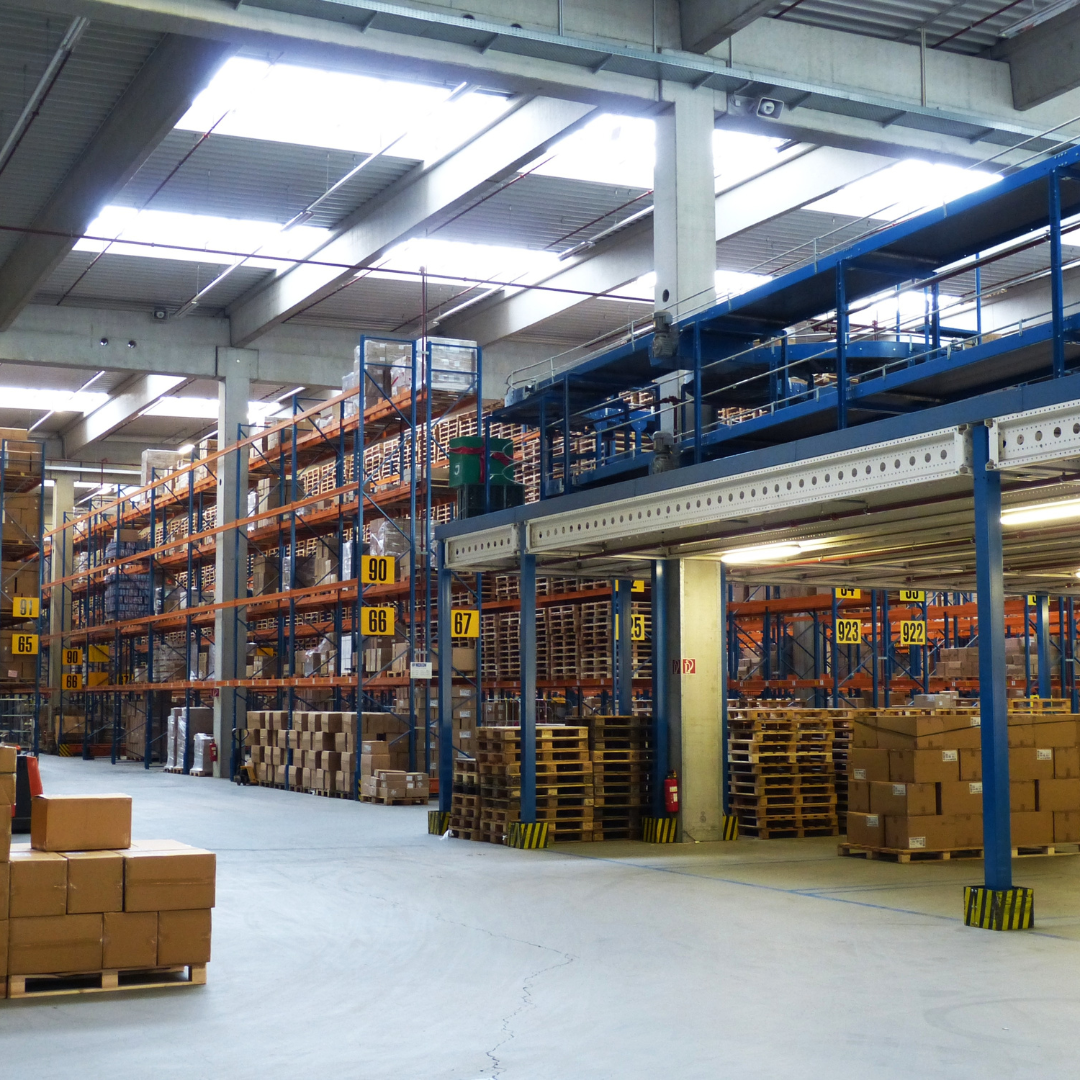
At Seep, one of our core values is about being straight up with our customers, partners, and employees. We think deeply about how we develop our products and where we source from, and one of the key questions we get from our community is: Why do we source some of our products from China?
We share our answer as often as we can, but we wanted to take it a step further and share a deeper blog about it. As context, our sourcing policy is all about finding manufacturers that are as close to home as possible as a default, and more than 50% of our product range is made in the UK or EU. However, some of our products are sourced from China, and this is contentious for many. Below, we are sharing our thought process and reasons behind that choice.
Close to the Source
For a few of our key raw materials - bamboo and loofah - China is one of the largest producers in the world. The raw materials are harvested and processed in China, which then means that it makes sense to manufacture the final product in China too, instead of shipping the raw product to Europe, and it reduces handling costs and the carbon footprint.
Manufacturing Expertise
The factories we work with in China are real experts in what they do, and they have invested in equipment and training to a level that we haven’t seen elsewhere. It means that they have been able to develop products with specific technical properties, like our bamboo cloth, in partnership with us and our customers who have stress-tested the products.
High Ethical Standards
We only work with factories with BSCI certified operations (Business Social Compliance Initiative) and who are open and progressive with how they’re improving their BSCI scores. This can be about working hours, workers' representation, and environmental standards, and they report on these yearly. We also have a small team on the ground who audit each batch that is produced to check in on the factory regularly.
No Local Options
We tried sourcing locally in the UK and Europe, but all of them turned us down because of our small production volumes or unique specifications. Our sponge scourers are sewn, and this requires skilled machinists that most sponge manufacturers don’t have in Europe. Hopefully, as volumes grow, some of the local manufacturers will see the opportunity in this growing category of product.
Getting to the Right Price
Creating products that are fairly priced is super important. If we want to make a big shift away from plastic in this category, we need to make our products as affordable as possible for everyone. The reality is that the materials we use - sustainably sourced, naturally-derived, long-lasting - are all inherently more expensive than the traditional, mass-produced products. So, we need to make sure our costs are as competitive as possible, and sourcing from China helps us do just that. Each time we look for alternatives closer to home for our products, the cost of production is much higher. Again, we hope this will change over time, especially if we invest more into innovation and new material innovation becomes more commercially viable.
Carbon Footprint
We're really focused on managing our carbon footprint. We measure it for each product, compare it to the traditional products, and then offset ours with our reforestation charity On A Mission. When we look at the differences in the carbon footprint between manufacturing in Europe and China, sea freight makes very little difference and, in fact, can be lower than trucking in from Eastern Europe.
So, there you have it – our choice to source 3 of our products from China is all about finding that sweet spot between sustainability, expertise, and cost. We aren’t perfect, we may indeed be getting some things wrong as we grow, but we do consider these things deeply and as a team. As we grow, we'll keep our eyes peeled for opportunities to bring manufacturing closer to home when it makes sense and if we find partners that are ready to roll. In the meantime, we’re proud of the suppliers that we work with.
